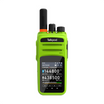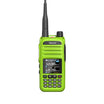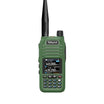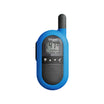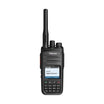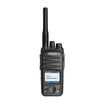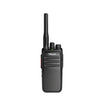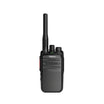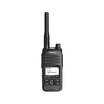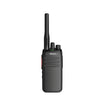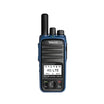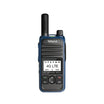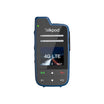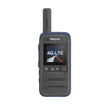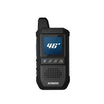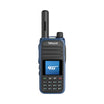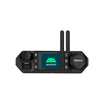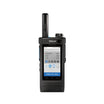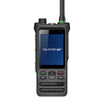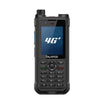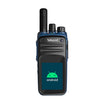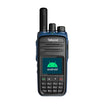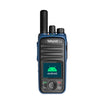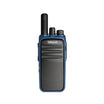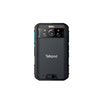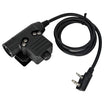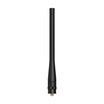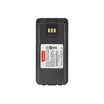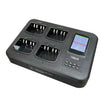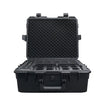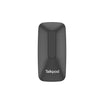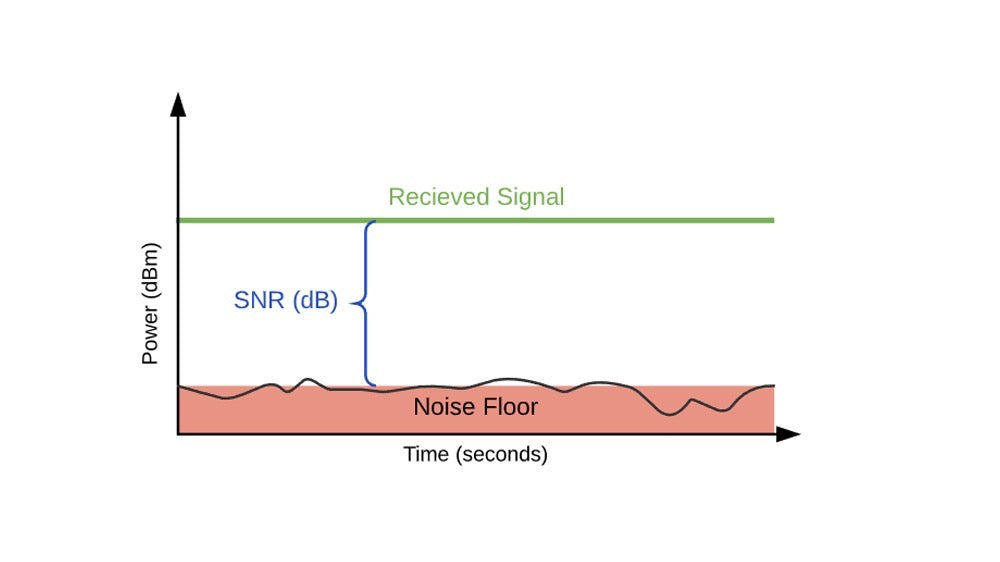In the intricate world of radio communications, the ability of a receiver to pick up weak signals, known as sensitivity, is a crucial performance metric. This blog delves into the concept of sensitivity, exploring its importance and impact on communication quality.
Understanding Sensitivity in Radio Receivers Sensitivity refers to the minimum signal strength a radio receiver can detect and process into clear, understandable audio. It's measured in microvolts (µV) or decibels relative to one microvolt (dBµV), where lower numbers indicate higher sensitivity.
The Significance of High Sensitivity A receiver with high sensitivity can capture faint signals that might otherwise be lost. This capability is vital in scenarios where long-distance communication is necessary or in environments with physical obstructions, interference, or weak signal conditions.
Factors Affecting Receiver Sensitivity
- Antenna Quality: The design and placement of the antenna directly influence the ability to receive signals.
- Noise Figure: This represents the amount of noise a receiver adds to the incoming signal, with lower figures indicating better performance.
- Bandwidth: Narrower bandwidths can enhance sensitivity by reducing the amount of noise in the signal path.
Balancing Sensitivity and Selectivity While high sensitivity is desirable, it must be balanced with selectivity — the ability to distinguish between closely spaced signals. Excessive sensitivity might lead to interference issues, capturing unwanted signals alongside the desired ones.
In conclusion, sensitivity is a cornerstone of effective radio communication, ensuring that even the weakest signals are heard loud and clear. Understanding and optimizing this aspect can significantly improve the quality and reliability of radio communications systems.





